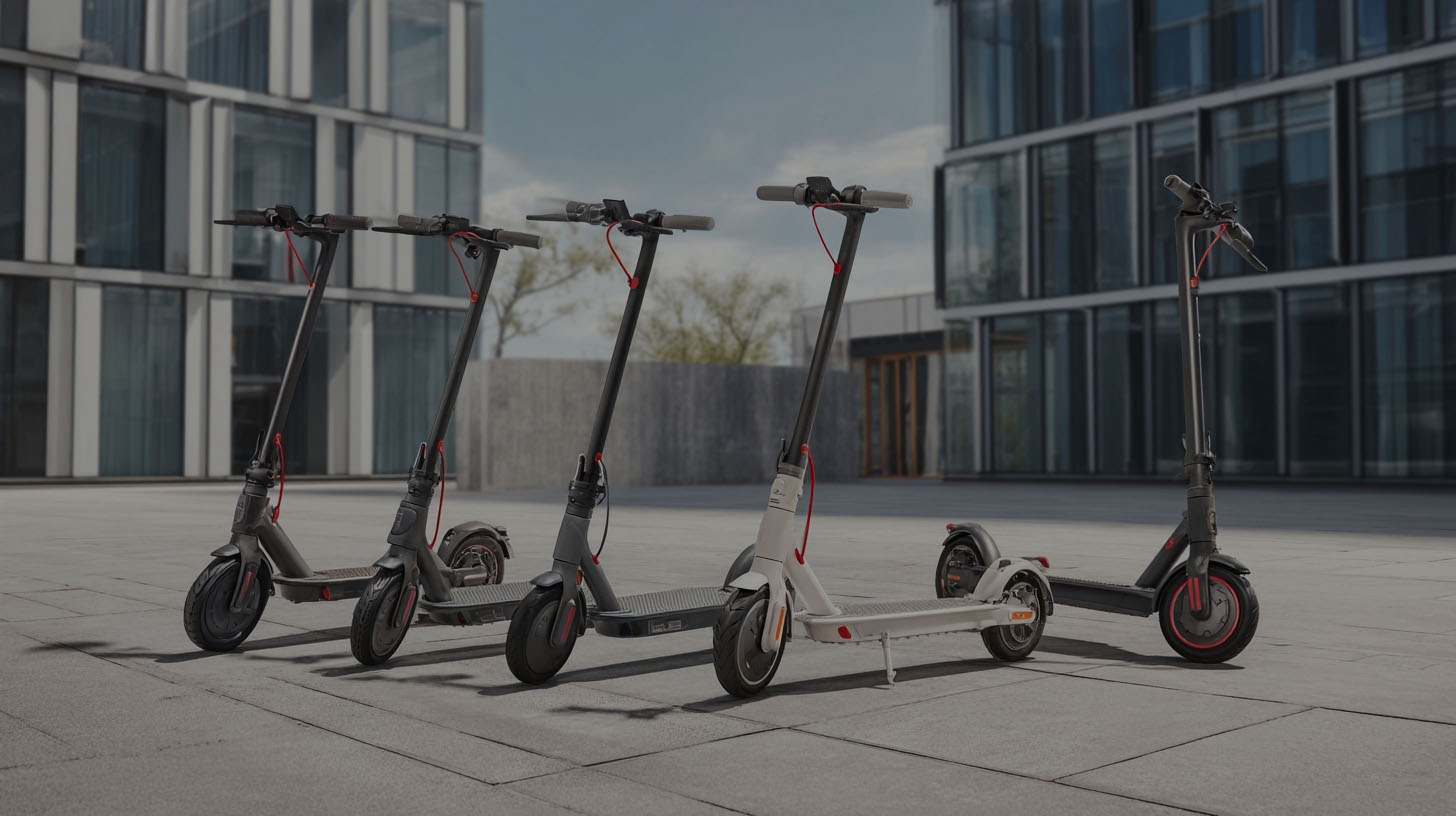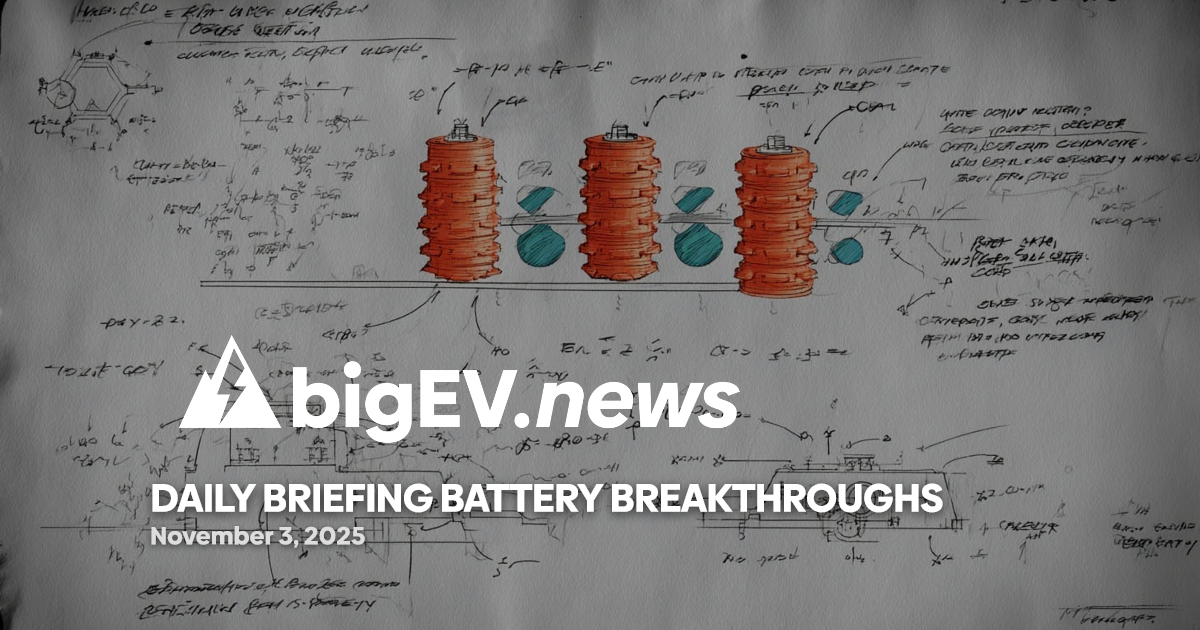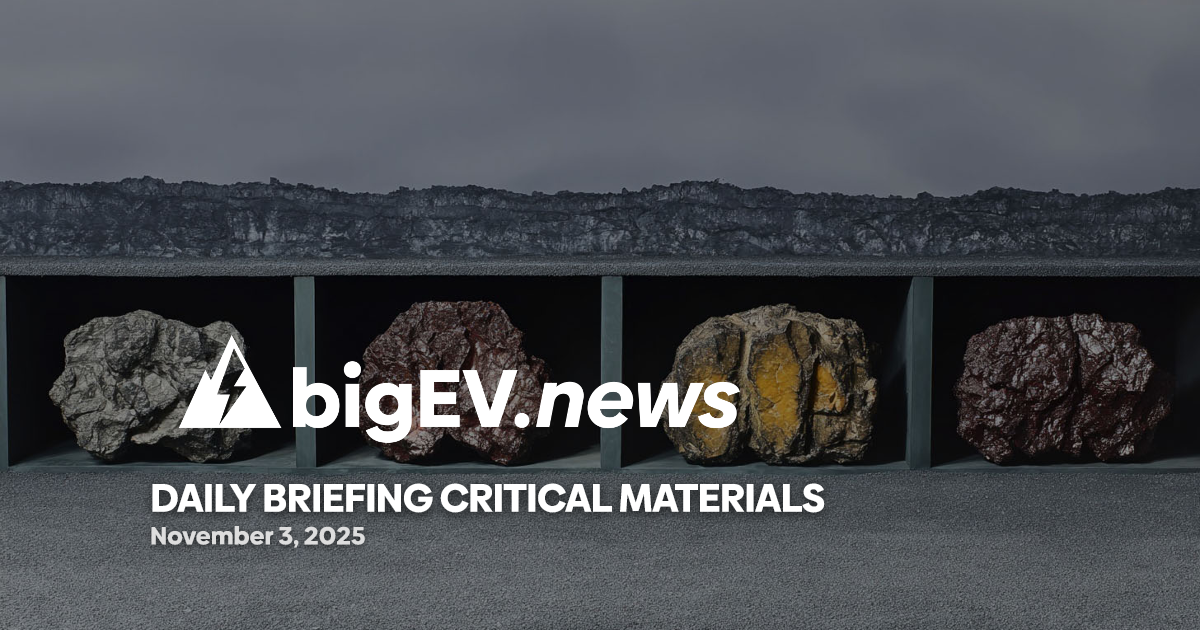At a glance – The last 24 hours have marked a turning point for electrified mobility, with major announcements across marine, aerospace, and e-mobility sectors. Vision Marine Technologies and Sterk Boats revealed the first dual E-Motion 180E electric outboard application, setting a new standard for high-performance electric boating. The U.S. Navy, in partnership with General Dynamics Electric Boat and Lincoln Electric, committed to large-scale additive manufacturing to accelerate submarine production. Danfoss previewed its iC7-Marine and iC7-Hybrid drives ahead of KORMARINE 2025, promising transformative efficiency for electric and hybrid vessels. Meanwhile, global partnerships and regulatory shifts are reshaping the competitive landscape, with new investments in battery supply chains and propulsion systems for eVTOL and aerospace applications. Financial markets responded with increased activity in clean tech stocks, reflecting confidence in the sector’s rapid electrification trajectory.
Technology advance – Vision Marine Technologies Inc. and Germany’s Sterk Boats have unveiled the Sterk 31e, the first vessel equipped with dual E-Motion 180E high-voltage electric outboards, powered by a 170 kWh battery system. This debut, set for the 2025 Fort Lauderdale International Boat Show, demonstrates the scalability of Vision Marine’s propulsion technology for larger, high-performance recreational boats. The collaboration involved hull optimization for electric propulsion, with both companies emphasizing the seamless integration of German engineering and advanced electric drive systems. The Sterk 31e’s launch is expected to catalyze further adoption of electric powertrains across the marine sector, as manufacturers seek to meet rising demand for zero-emission boating without sacrificing performance or range.
Partnerships – The U.S. Navy’s Maritime Industrial Base Program, General Dynamics Electric Boat, and Lincoln Electric have announced a landmark investment to integrate additive manufacturing into the construction of nuclear-powered submarines. Lincoln Electric’s new SculptPrint™ machines, housed at its Cleveland Additive Solutions facility, will produce critical metal components, reducing lead times and strengthening the submarine supply chain. This partnership is the largest government-funded additive manufacturing initiative for Lincoln Electric to date, and is designed to help the Navy meet its ambitious goal of delivering one Columbia-class and two Virginia-class submarines annually by 2028. The collaboration is expected to set a precedent for the use of advanced manufacturing in defense and commercial marine applications, enhancing both resilience and innovation across the sector.
Acquisitions/expansions – Danfoss is set to showcase its latest marine electrification technologies at KORMARINE 2025 in Busan, including the iC7-Marine and iC7-Hybrid drive series. These ultra-compact, high-power-density drives are engineered for hybrid and pure electric marine propulsion, supporting energy storage, shore supply, and smart grid integration. Danfoss’ solutions are already powering vessels such as Finland’s Aurora Botnia ferry and have been deployed in Nordic harbor electrification projects. The company’s expansion into advanced sensing and automation technologies further positions it as a leader in maritime decarbonization, offering shipbuilders and operators new tools to optimize efficiency and reduce emissions. The upcoming KORMARINE event is expected to drive additional partnerships and technology transfers across Asia’s rapidly growing maritime electrification market.
Regulatory/policy – In a significant regulatory development, the U.S. Coast Guard has placed additional orders for waterways commerce cutters, reflecting a broader policy shift toward modernizing the nation’s maritime infrastructure with advanced propulsion and navigation systems. This move aligns with recent federal initiatives to decarbonize transportation and enhance supply chain security, particularly in critical sectors such as marine logistics and defense. The Coast Guard’s procurement strategy emphasizes the integration of electric and hybrid technologies, setting new standards for vessel performance, safety, and environmental compliance. Industry observers note that these regulatory trends are accelerating investment in electrified platforms, with ripple effects across the entire mobility ecosystem.
Finance/business – Clean tech and electrified mobility stocks saw heightened trading volumes following the day’s announcements, with investors responding positively to new product launches and strategic partnerships. Vision Marine’s collaboration with Sterk Boats, the U.S. Navy’s additive manufacturing initiative, and Danfoss’ expansion into hybrid drives have all contributed to renewed market confidence in the sector’s growth prospects. Analysts highlight the increasing convergence of marine, aerospace, and e-mobility supply chains, as companies seek to leverage shared battery, motor, and inverter technologies. This cross-sector integration is expected to drive further consolidation and capital flows, particularly as regulatory mandates and consumer demand for sustainable transportation continue to rise.
Sources: Boating Industry, Sea Power Magazine, Danfoss, Marine Link, U.S. Coast Guard, CleanTechnica









